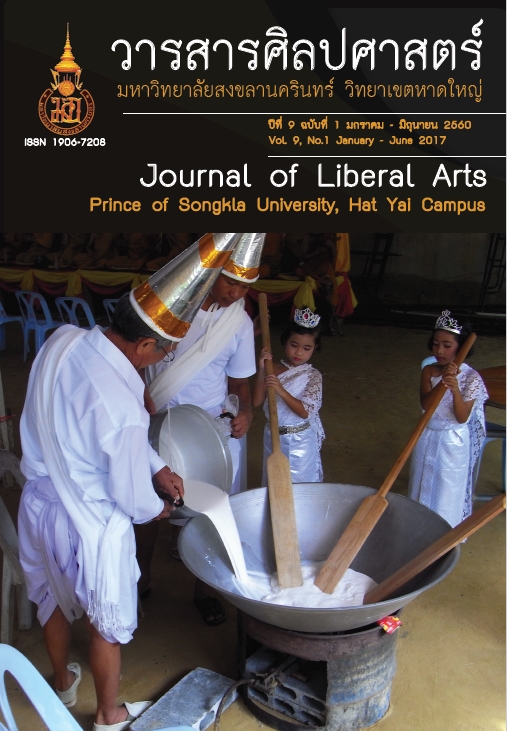Techniques, methods and guidelines to preserve “Chak Iboy” traditional hair style: A case study of Phuket Province
Keywords:
Techniques, methods, guidelines for preservation, Chak Iboy hairstyleAbstract
The purpose of this study was to explore techniques of making the “Chak Iboy traditional hairstyle in Phuket Province. Data of this qualitative research or documentary study were collected through in-depth interviews and observations on 11 people consisting of one expert, four local knowledgeable persons, and six Phuket residents before being analyzed with descriptive statistics.
The results revealed that Chak Iboy hairstyle could roughly be divided into two phases: the past and the present. Techniques of making Chak Iboy were found as follows. 1) Hair voluming--In the past, hair was not volumized while nowadays hair is volumized to make it easy for styling. In the past, a fine tooth comb with a tapering curved handle, oil made from tree barks, threads, and black bobby pins were used but now a fine tooth comb is used to volumize hair, and hair gel, hair spray and rubber bands are used. 2) Putting up a top hair bun—In the past, a top hair bun was made then pressed down with hand and tied with thread, to make it into a donut shape. The hair left in the back was tied together in one piece, and the middle part was pulled hanging down, while the rest of it is made into snail shapes. Nowadays, all the hair on the head is volumized, then hair in the front, the sides, and the back is tied on the top of the head, hair in the back is pulled down and made to look like a duck tail, and the rest of the hair is made into snail shapes. 3) Guidelines to preserve Chak Iboy traditional hairstyle are that hairdressers and interested people should be trained, and cultural awareness of local traditions should be raised among the younger generations.
Downloads
How to Cite
Issue
Section
License
The authors retain the copyright to their article but the Journal of Liberal Arts, Prince of Songkla University reserves the exclusive rights to first publication.




